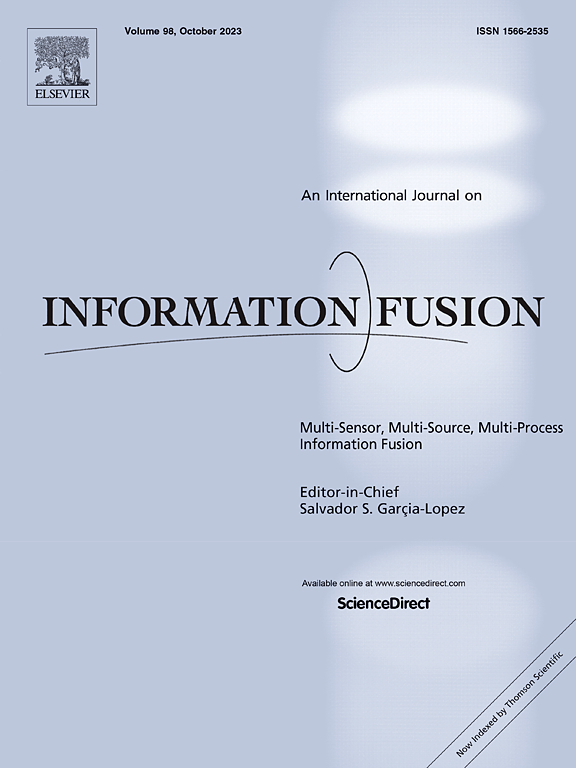Hyperbolic graph attention network fusing long-context for technical keyphrase extraction
IF 14.7
1区 计算机科学
Q1 COMPUTER SCIENCE, ARTIFICIAL INTELLIGENCE
引用次数: 0
Abstract
Technical Keyphrase Extraction (TKE) is crucial for summarizing the core content of scientific and technical texts. Existing keyphrase extraction models typically focus on calculating phrase and sentence correlations that can limit their ability to understand long contexts and uncover hierarchical semantic information, leading to biased results. To address these limitations, a hyperbolic graph technical attention network is designed and applied to a novel unsupervised Technical KeyPhrase Extraction (TKPE) model, achieving the fusion of complex hierarchical semantic representations and long-context information by constructing global embeddings of the technical text in hyperbolic space for high-fidelity representation with minimal dimensions. A technical attention score is calculated based on technical terminology degree and hierarchical relevance to guide the extraction process. Additionally, the network utilizes geodesic variations between embedded nodes to reveal meaningful hierarchical clustering relationships, thus enabling semantic structural understanding of technical text data and efficient extraction of the most relevant technical keyphrases. This work exploits the long-context understanding capability of large language models to generate candidate phrases guided by an effective prompt template that reduces information loss when importing candidate phrases in a hyperbolic graph attention network. Experiments performed on benchmark technical datasets demonstrate that the proposed model outperforms recent state-of-the-art baseline keyphrase extraction models.
求助全文
约1分钟内获得全文
求助全文
来源期刊

Information Fusion
工程技术-计算机:理论方法
CiteScore
33.20
自引率
4.30%
发文量
161
审稿时长
7.9 months
期刊介绍:
Information Fusion serves as a central platform for showcasing advancements in multi-sensor, multi-source, multi-process information fusion, fostering collaboration among diverse disciplines driving its progress. It is the leading outlet for sharing research and development in this field, focusing on architectures, algorithms, and applications. Papers dealing with fundamental theoretical analyses as well as those demonstrating their application to real-world problems will be welcome.
 求助内容:
求助内容: 应助结果提醒方式:
应助结果提醒方式:


